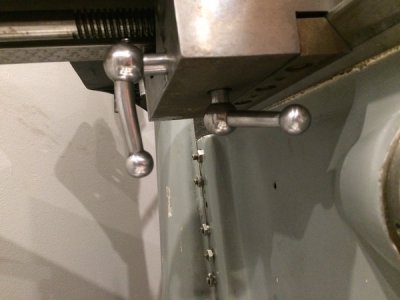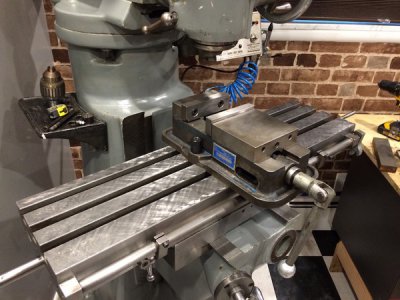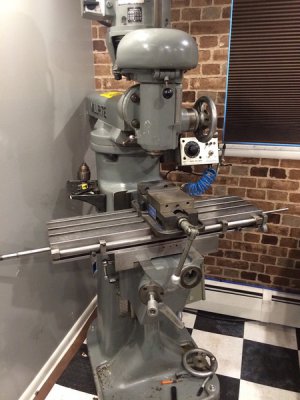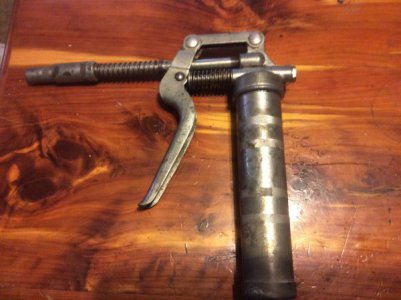- Joined
- Dec 7, 2015
- Messages
- 519
More progress on the mill.
Table ways cleaned up and looking good; I see just about no wear!
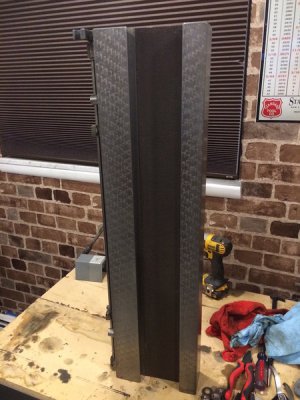
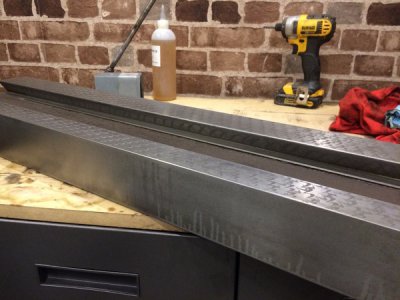
The saddle x-axis ways also look great. Nice and smooth, no scoring. I don't see any indication that these ways had flaking on them, therefore once again I see no real signs of wear at all.
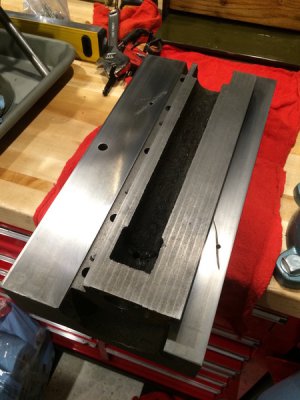
The y-axis ways on the saddle did show some wear, and some minor scoring. I suspect that the grease that was injected in there trapped some particles and caused the scoring. I'm sure Bob is also correct that this was likely a production mill that saw movement in just about only the y-axis.
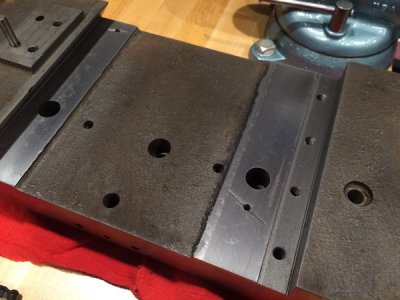
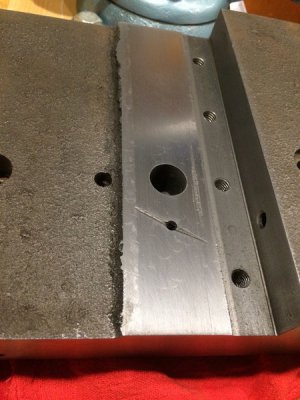
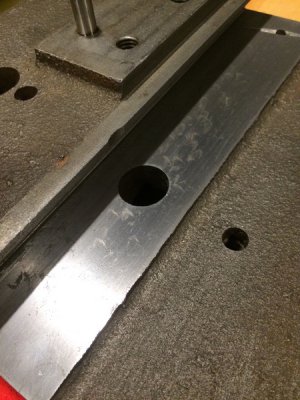
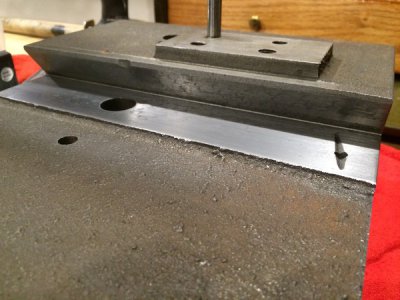
I went ahead and lightly stoned down the scoring once again using my ultra fine ceramic stone:
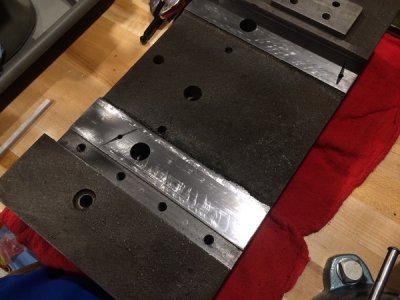
I have most all the other components degreased now. Hopefully I'll wrap this up tomorrow, though I'm not sure I'll get to it.
Table ways cleaned up and looking good; I see just about no wear!


The saddle x-axis ways also look great. Nice and smooth, no scoring. I don't see any indication that these ways had flaking on them, therefore once again I see no real signs of wear at all.

The y-axis ways on the saddle did show some wear, and some minor scoring. I suspect that the grease that was injected in there trapped some particles and caused the scoring. I'm sure Bob is also correct that this was likely a production mill that saw movement in just about only the y-axis.




I went ahead and lightly stoned down the scoring once again using my ultra fine ceramic stone:

I have most all the other components degreased now. Hopefully I'll wrap this up tomorrow, though I'm not sure I'll get to it.

